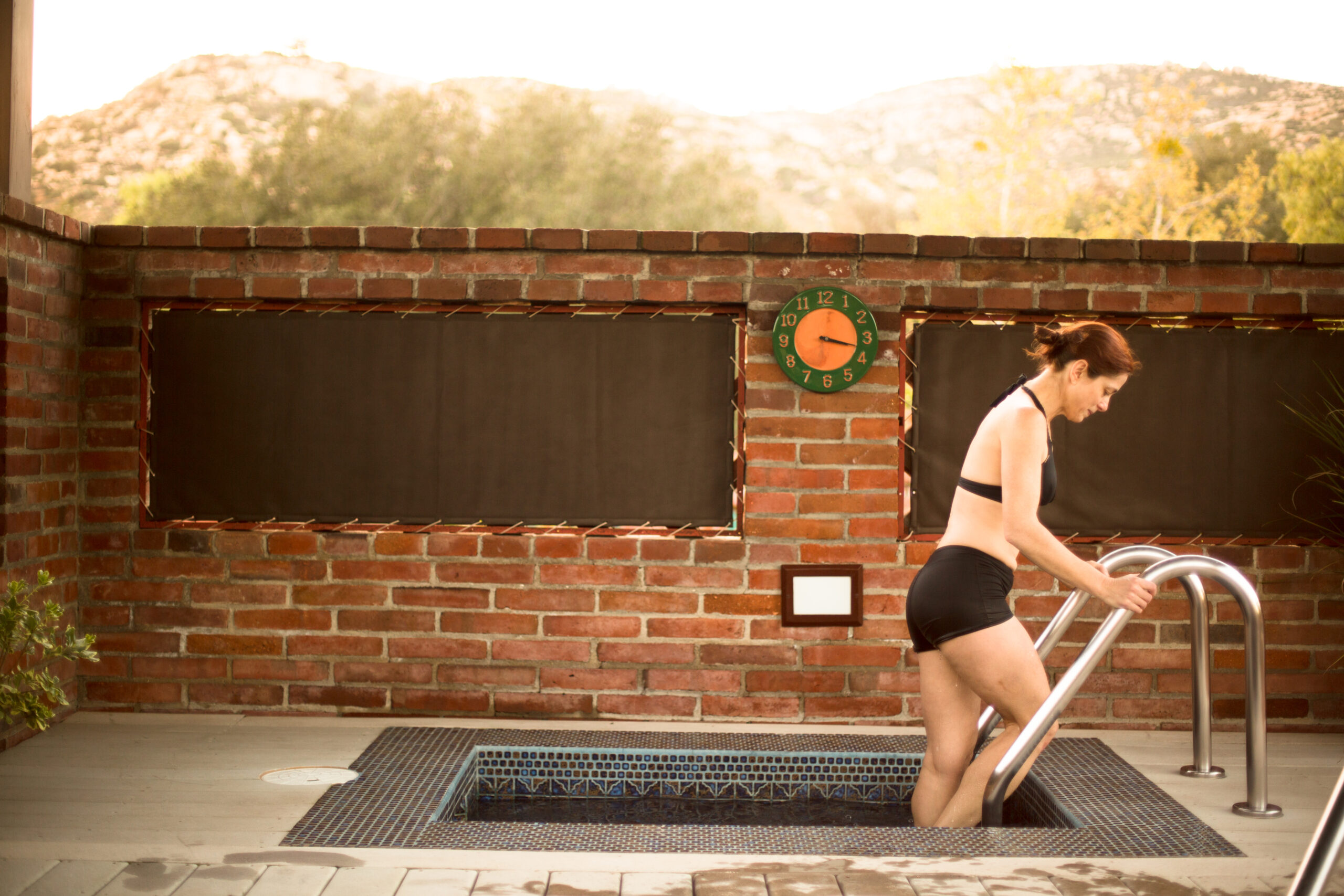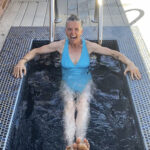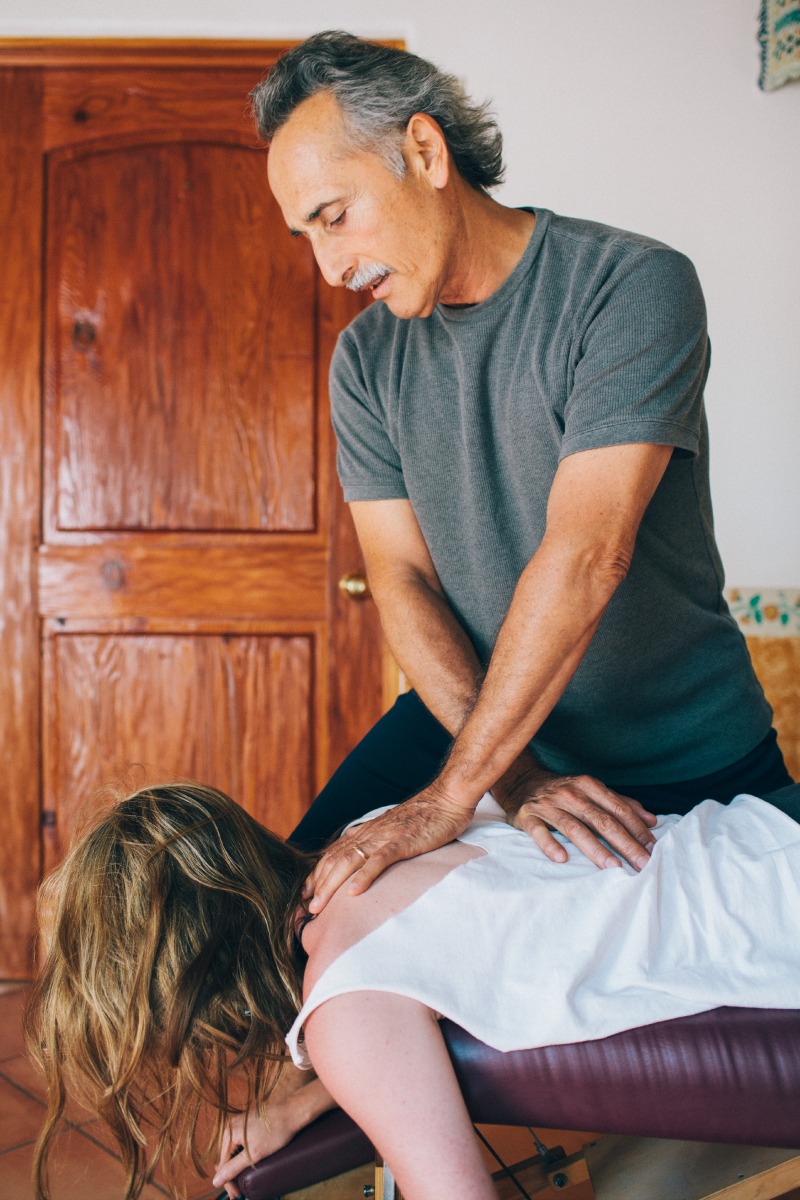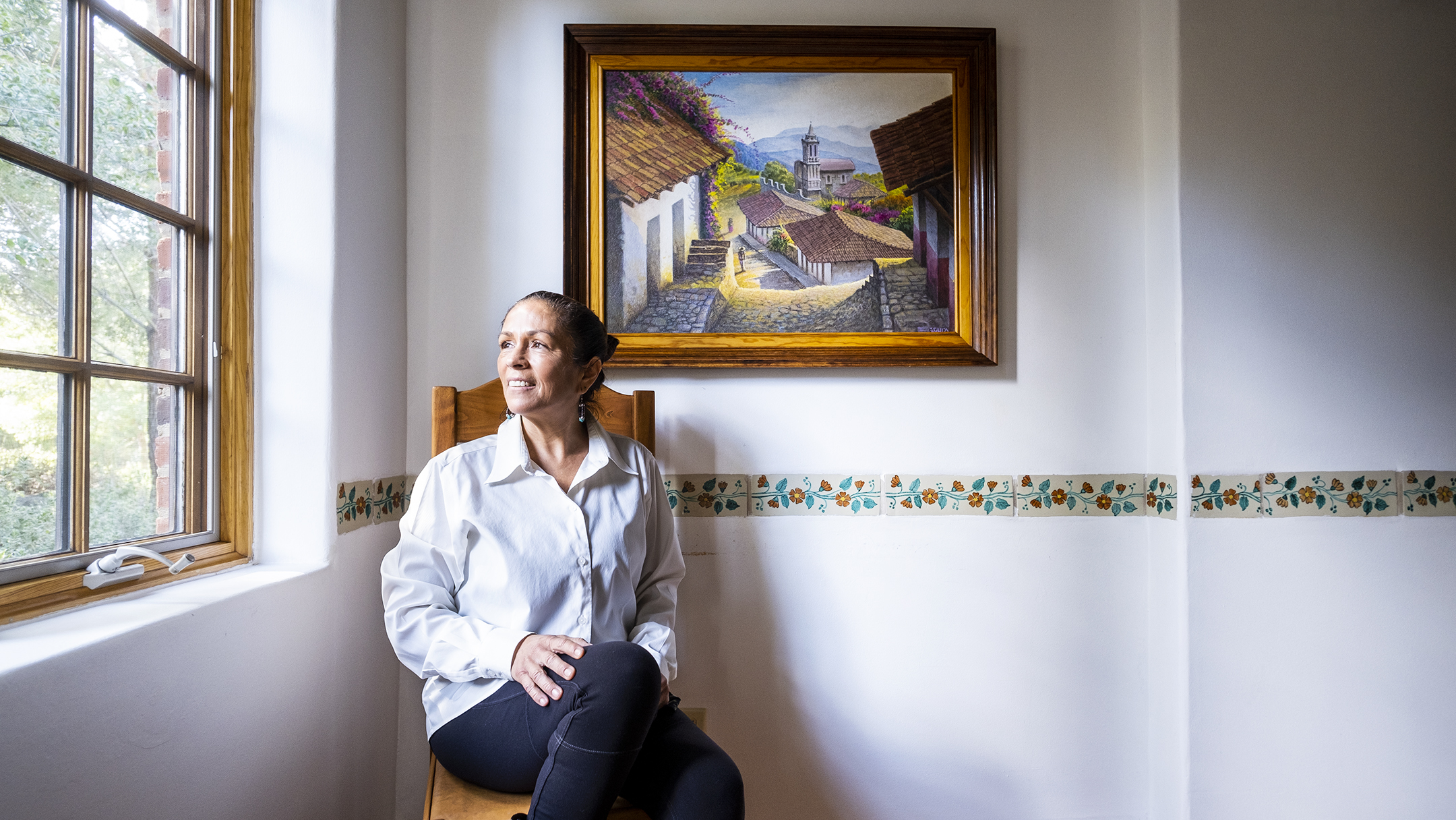Take The Plunge

A few months ago, I took the plunge into cold-water immersion therapy at Rancho La Puerta. I learned, and have experienced first-hand, that cold-water immersion has multiple health benefits, including improved mood, better sleep, and faster muscle recovery. It is especially effective when followed by heat immersion. The cold water initially causes the blood vessels to contract, reducing circulation, so when hot water (or a hot room) engrosses them, blood flow quickly increases. This is great for circulation; it allows nutrients that can heal tissues to flow, decreasing pain. The second floor and rooftop of the Villas Health Spa at Rancho La Puerta are perfectly designed for this contrast therapy.
My session lately is about an hour long because I don’t like to leave anything out and really can’t get enough cold-water immersion. I use this as mindfulness time.
My routine goes like this:
- 10 minutes in the dry sauna followed by a glass of water
- Three minutes in the cold plunge (I am working up to an initial 5-minute stint)
- A few minutes in the hot tub
- 10-15 minutes in the steam room and another glass of water
- Back to the cold plunge, for four minutes this time
- Five minutes in the hot tub
- Five minutes in the cold plunge
- 10 minutes in the hot tub.
The sudden blast of cold water stimulates the central nervous system because of the high density of cold receptors in the skin, which can lead to an antidepressant effect. It is especially effective and refreshing when you’re already warm, which is why I like to begin with the sauna. Plunging into cold water also triggers the production of norepinephrine, which is a critical chemical in the body that helps regulate attention, focus, and energy. Putting intentional stress on our bodies brings us into choice and increases our resilience. Staying immersed in cold water is a mental challenge as much as a physical one. And it is oh so very invigorating.
I am always amazed by the fact that I can’t feel my feet at first when I walk into the hot tub after leaving a few minutes in the cold bath. I love the initial tingle that sets in as the feeling returns to the nerves in my feet even more. I giggle with delight at the sensation every time, no matter how many times I do it. My favorite thing about cold plunging is how well I sleep the nights after I do it.
I offer ten tips for anyone looking to attempt cold plunging or improve their practice.
- Focus on your breath and gather your thoughts prior to entering. Do a few deep belly breaths by the side of the pool before walking down the steps. Set your intentions and gather your courage. You’ve got this!
- Enter on the exhale. Take it slow, but not too slow.
- Dunk your head immediately. This might just be my own personal preference; I give this same advice for swimming in the ocean. I think that it’s a bit of a ‘rip off the band aid’ situation. Plus, getting your head cold triggers the brain to signal to the rest of the body that it is time to warm up, which definitely helps in the cold plunge.
- Submerge to your neck. This activates your vagal nerves, which is the main set of nerves in your parasympathetic nervous system. This system controls specific bodily functions, such as digestion, heart rate, and immune system function. It is also important to involuntary sensory and motor functions, such as mood, mucus production, skin sensation, speech, taste, and urine output. Activating these vital nerves gives you the best cold plunge benefits.
- Hold still! In my experience, it appears to get colder if you wiggle.
- Count your breaths. The focus on your breath keeps you distracted from the cold. Take long, slow breaths. I recommend a box breath; breathing in (say, 4 or 6 counts), holding at the top (4 or 6 counts), breathing out (6 or 10 counts), and holding for 2 counts.
- Think happy thoughts. Smiling always helps. When you do cold-water immersion at The Ranch, you will enjoy the beauty of nature surrounding you and the sun shining through the mesh shade covering. I know I do.
- Cycle out your hands and feet. Did you know that we have over 200,000 nerves in each of our feet?! That’s a lot of cold sensation to your brain! When the water gets too cold for me, and I am not quite ready to give up, I like to hang my hands out of the bath for a while to take a break. Getting your feet out of the water is likely easier in an actual bathtub and can also be done in the pool at the Villa Health Spa.
- Start warm(ish). If you aren’t ready to go full polar bear plunge, you can start working your way up to it at home. I like to make the ends of my warm showers as cold as I can for a couple of minutes while I brush my teeth. Start with a few seconds or a minute and work your way up to longer stints. Like with most things, it’s easier some days than others, and practice makes better.
- Grab your friends! Humans are more resilient when they do hard things in front of other humans. Plus, it’s always a good idea to have a support group cheering you on.
Happy plunging!
References:
Group Founder, Written by Dr. Edward. “Are Cold Showers Good for You? an Unlikely Immunity Booster!” Dr. Group’s Healthy Living Articles, 20 May 2020, https://explore.globalhealing.com/cold-showers/.
Sepainandspine. “Heat and Cold Therapy.” Southeast Pain & Spine Care, 7 May 2020, https://www.sepainandspinecare.com/blog/heat-and-cold-therapy/.
“Vagus Nerve: Gastroparesis, Vagus Nerve Stimulation & Syncope.” Cleveland Clinic, https://my.clevelandclinic.org/health/body/22279-vagus-nerve#:~:text=What%20is%20the%20Vagus%20Nerve,can’t%20consciously%20control%20them.
“Why Cold Plunge?: Cold Plunge Benefits: The Cold Plunge.” PLUNGE, https://thecoldplunge.com/pages/benefits.



